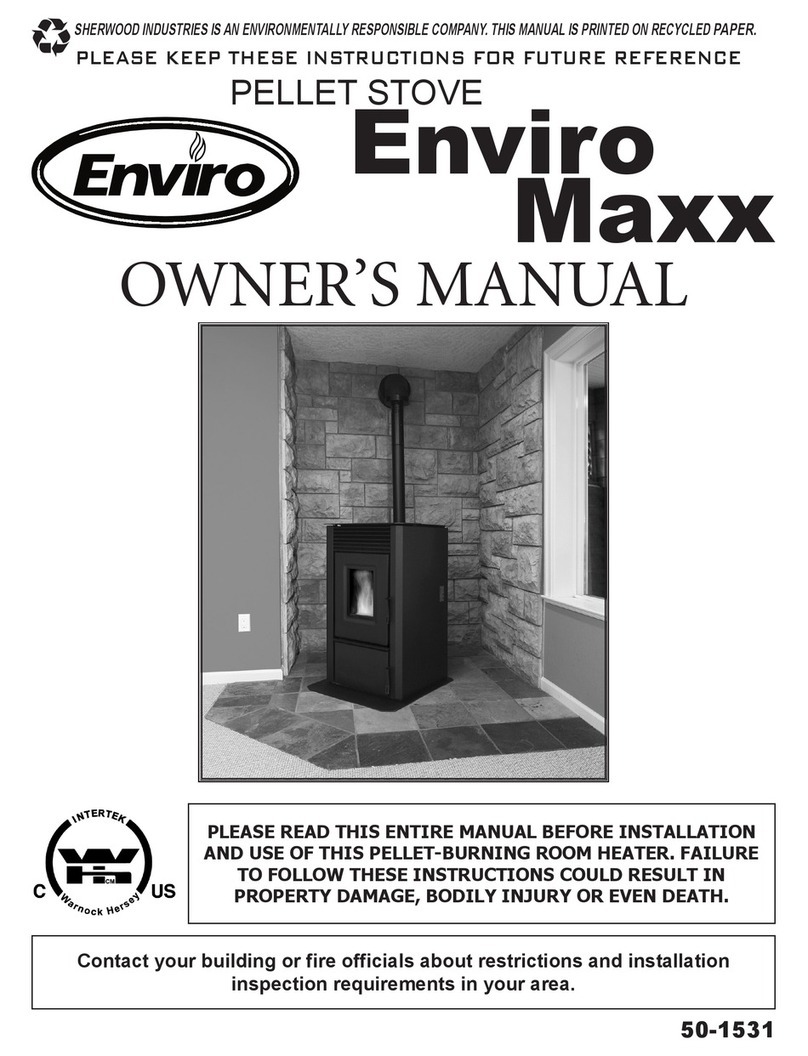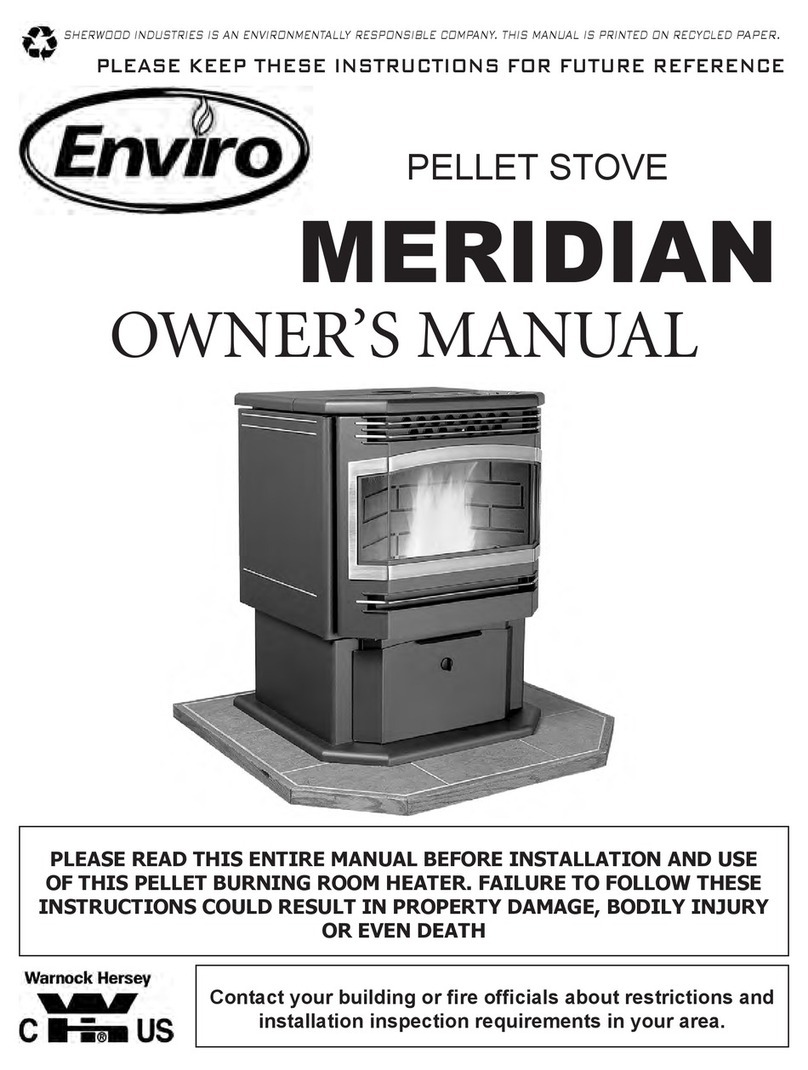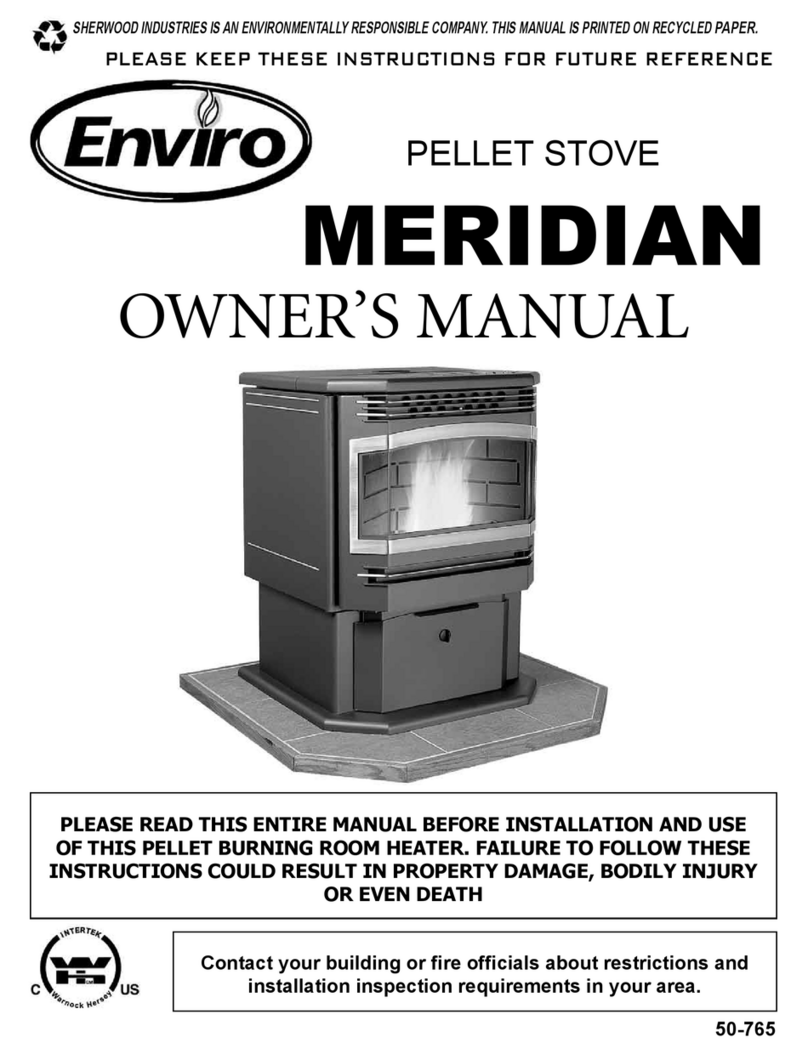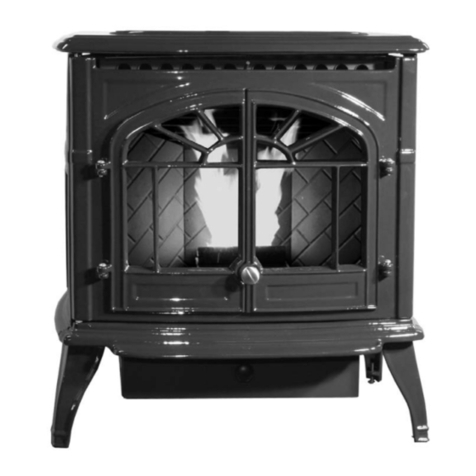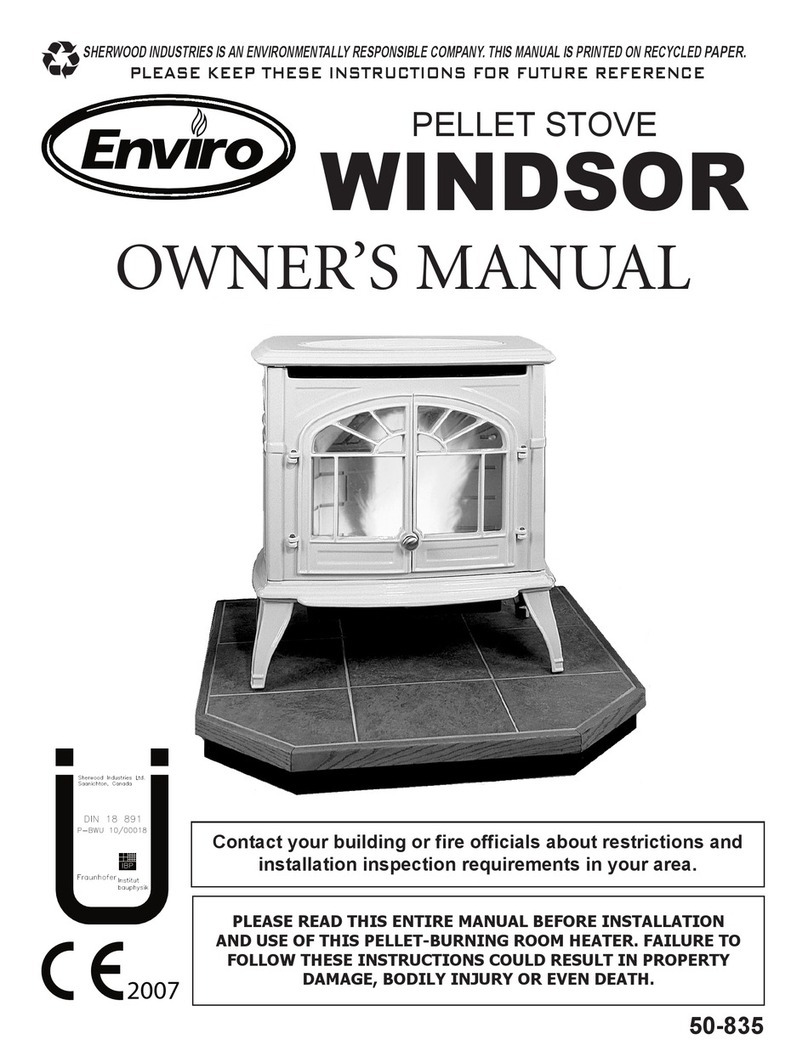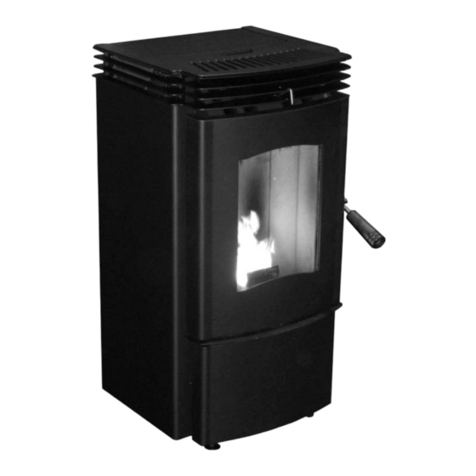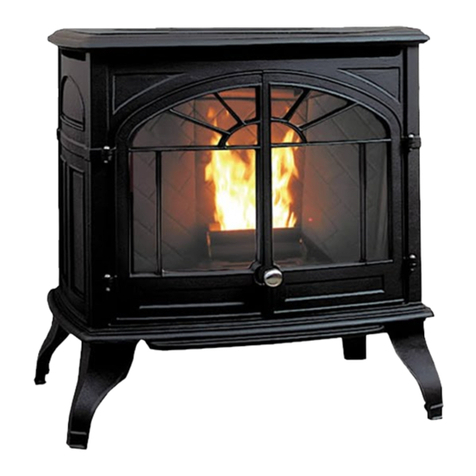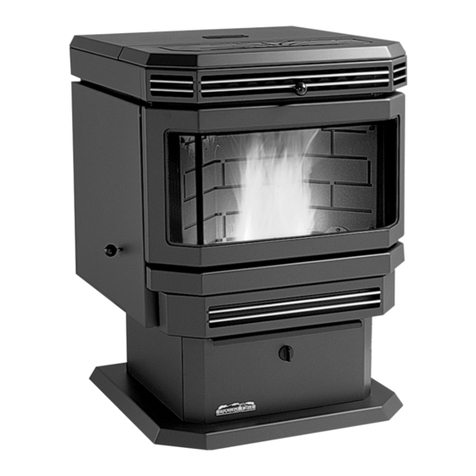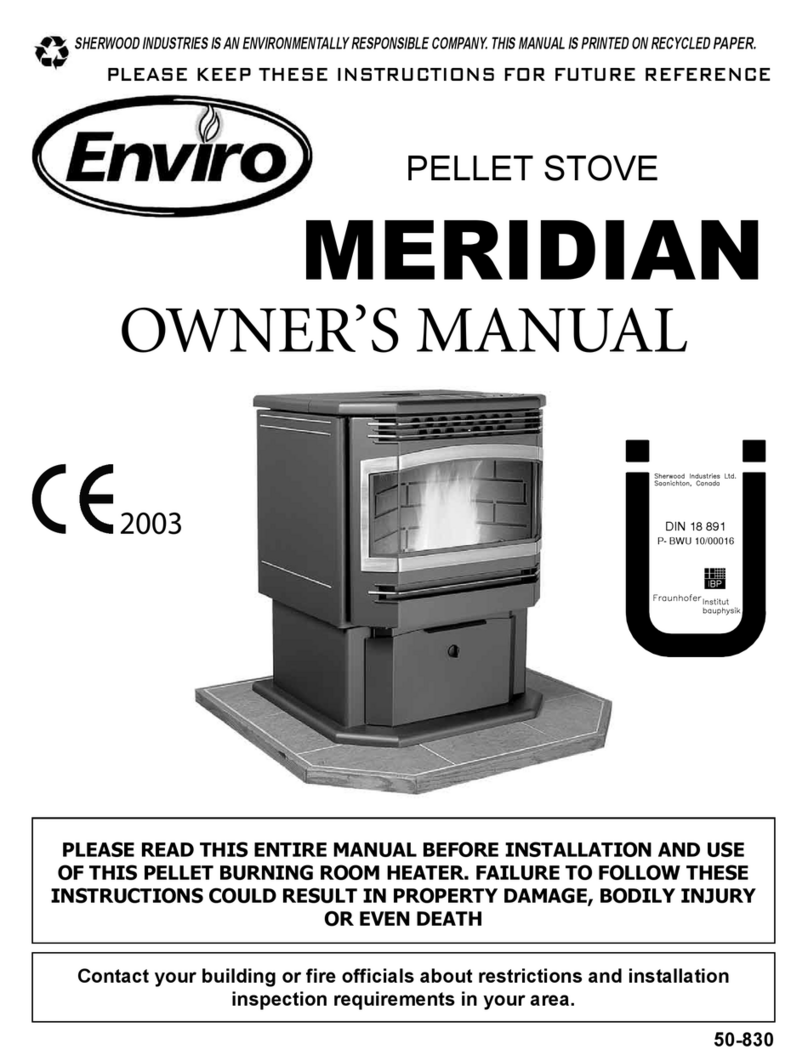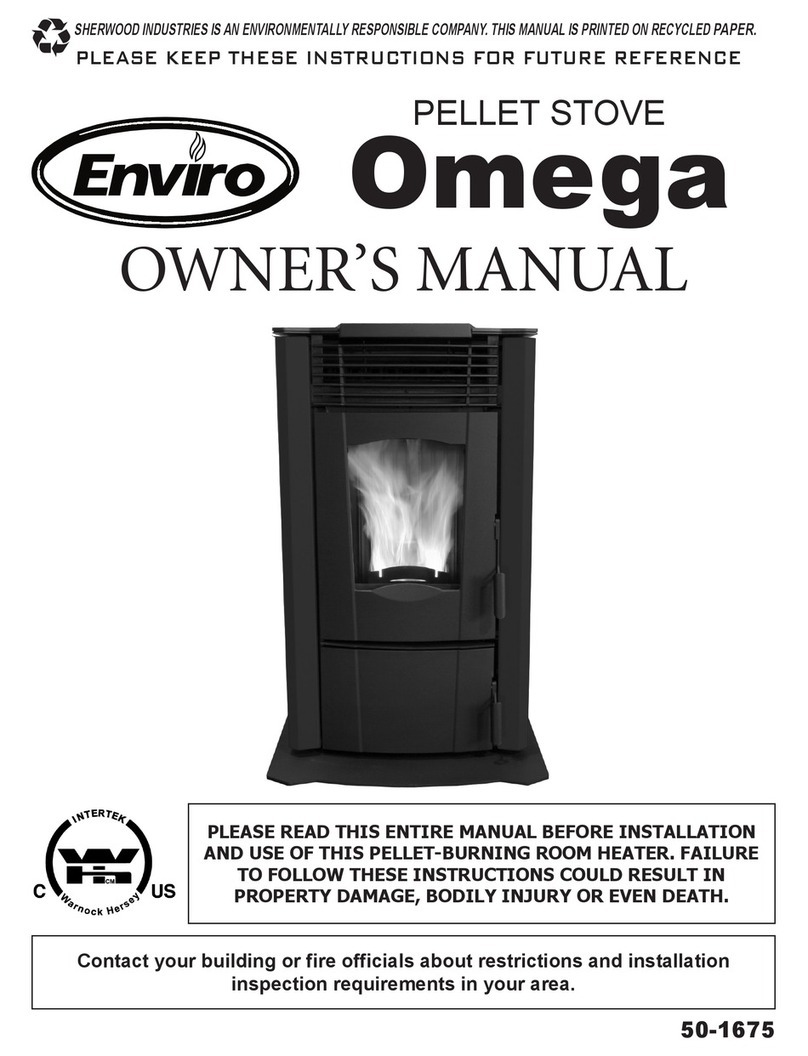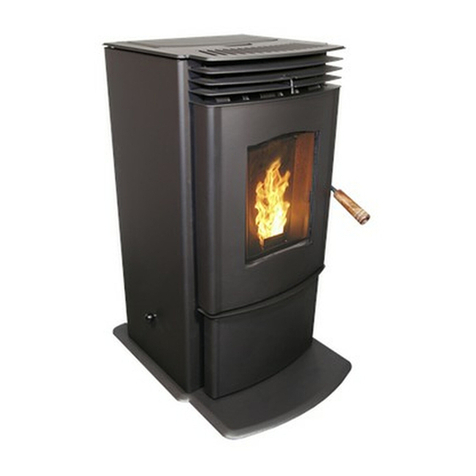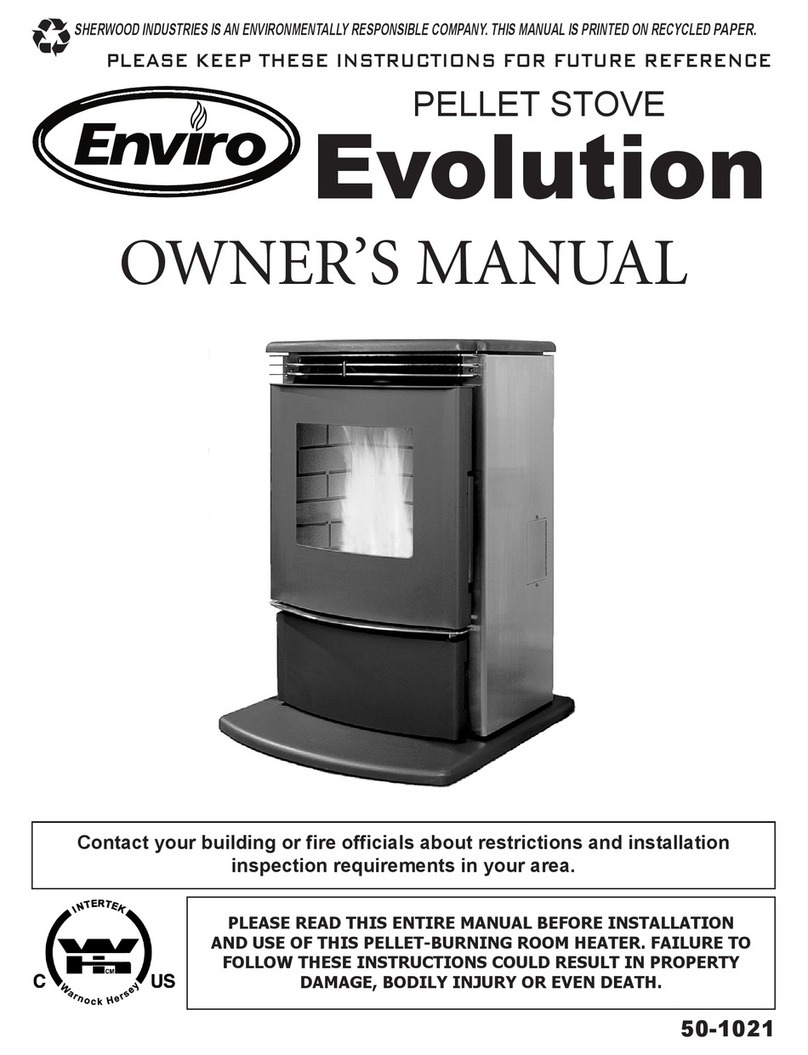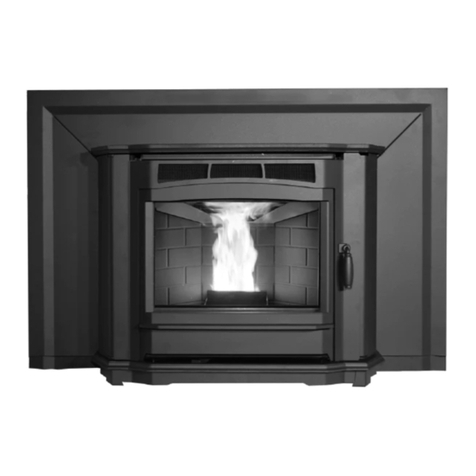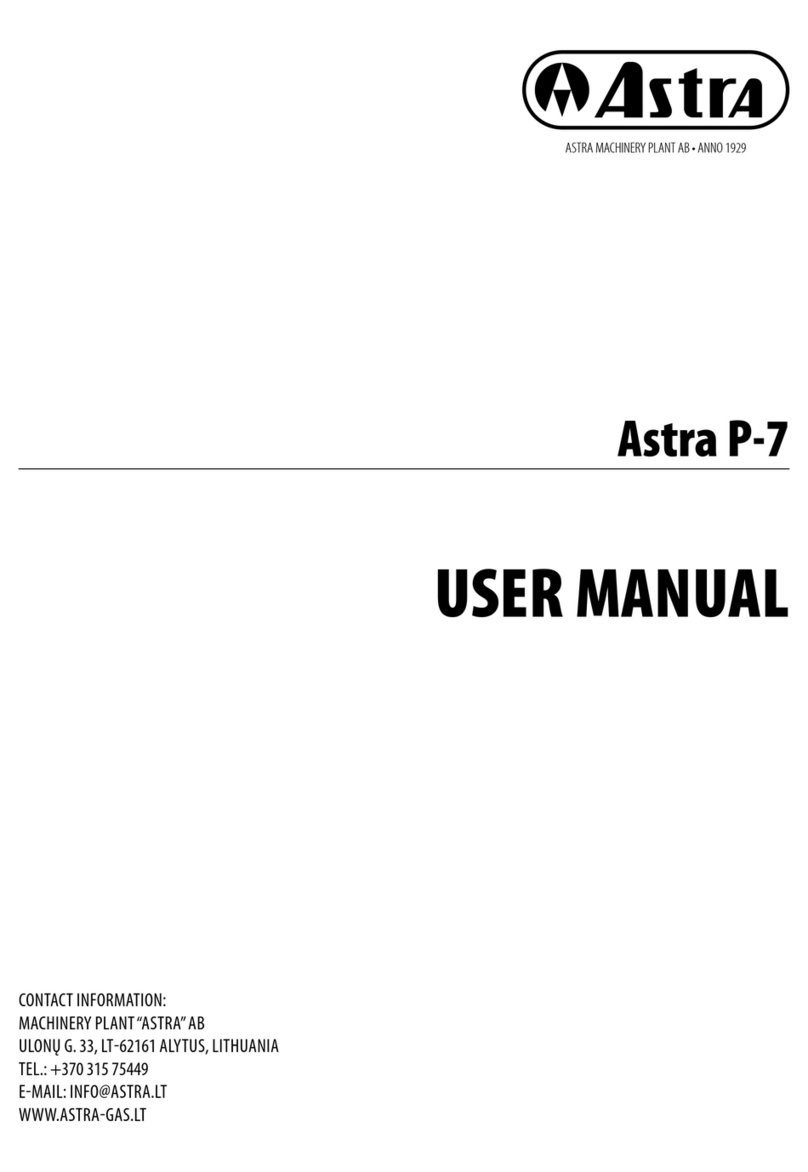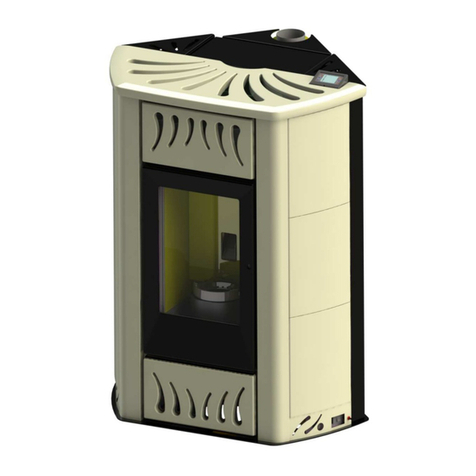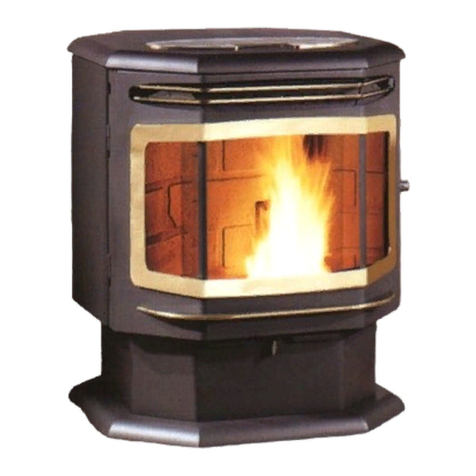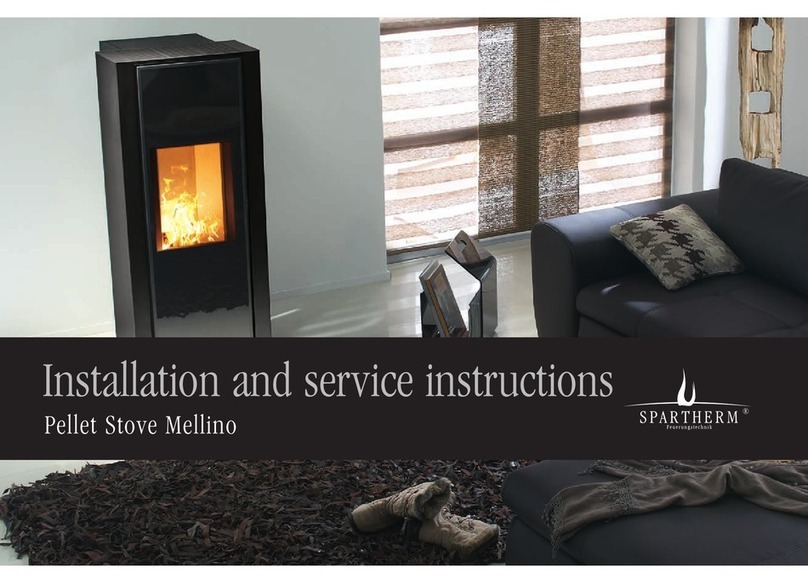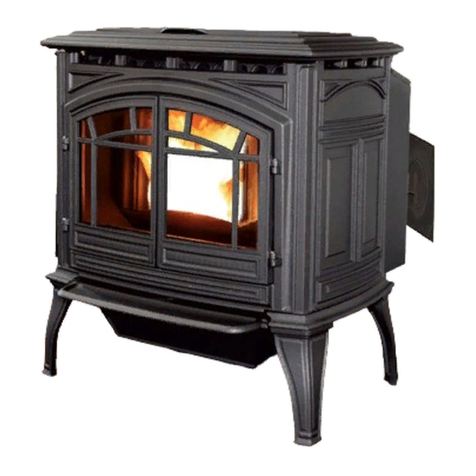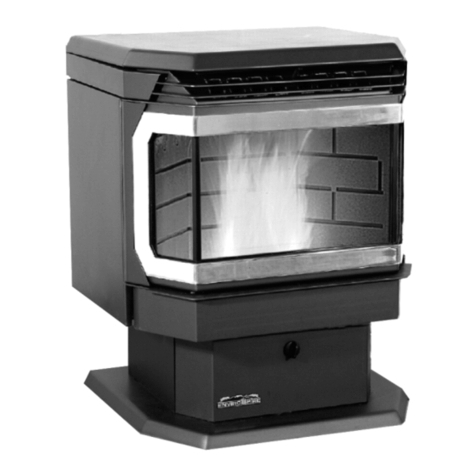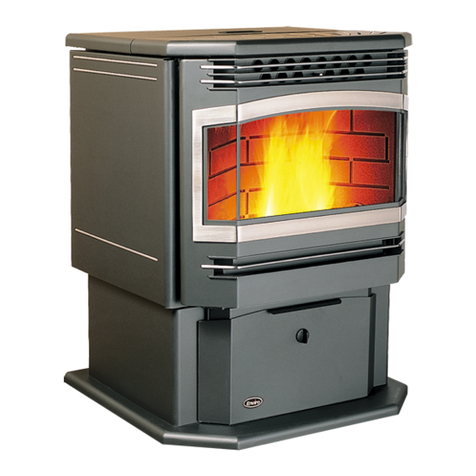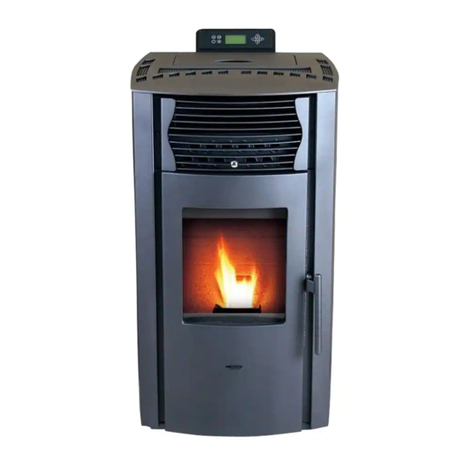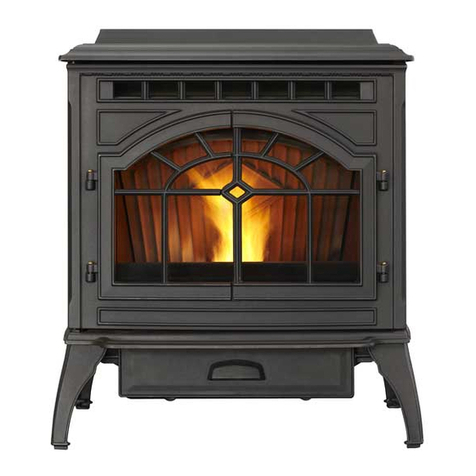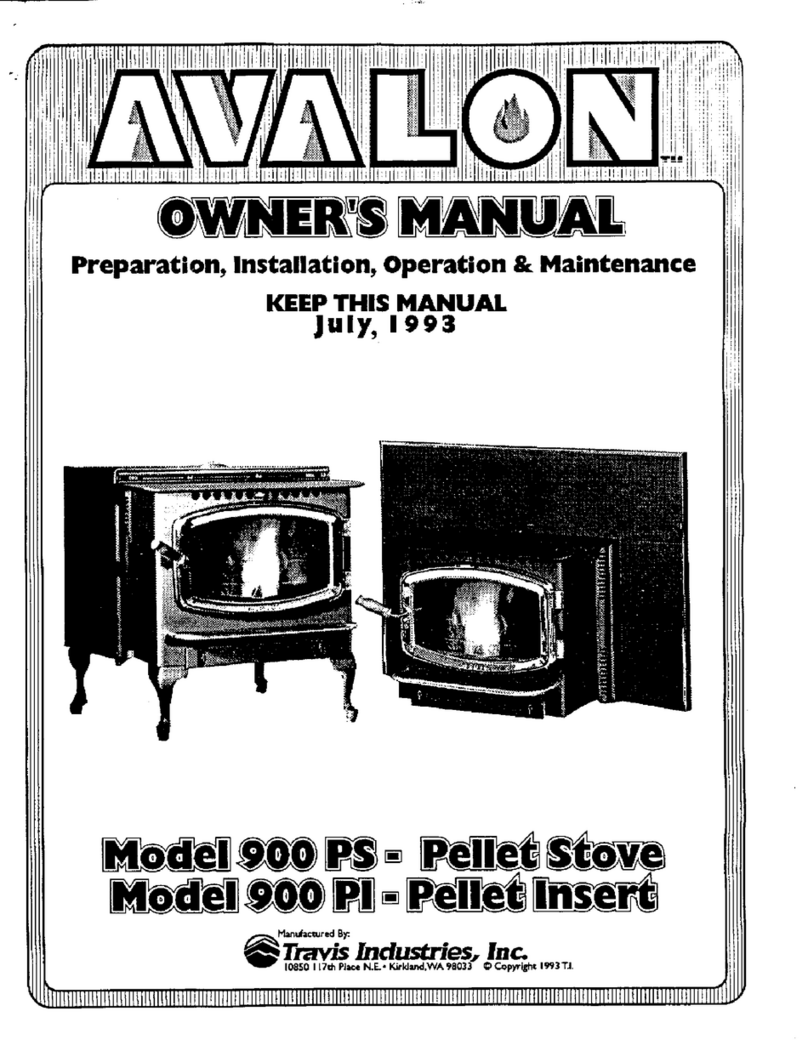
5
Introduction
Safety WarnIngS anD recommenDatIonS:
Caution: Do not connect to any air distribution duct or system. Do not burn garbage or flammable fluids
such as gasoline, naphtha or engine oil. Unit hot while in operation. Keep children, clothing and furniture
away. Contact may cause skin burns.
Warning: Parts of the appliance, especially the external surfaces, will be hot to touch when in operation and
due care will need to be taken. Never place wood, paper, furniture, drapes or other combustible materials within
80cm (31½”) of the front of the unit, 20cm (7⅞”) from each side, and 10cm (4”) from the back of the unit. Do
not let children or pets touch it when it is hot.
To prevent the possibility of a fire, ensure that the appliance is properly installed by adhering to the installation
instructions. An ENVIRO dealer will be happy to assist you in obtaining information with regards to your local
building codes and installation restrictions.
FIRE EXTINGUISHER AND SMOKE DETECTION: All homes with a pellet burning stove should have at least
one re extinguisher in a central location known to all in the household. Smoke detectors and carbon monoxide
detectors should be installed and maintained in the room containing the stove. If it sounds the alarm, correct the
cause but do not deactivate. You may choose to relocate the smoke detection devise within the room; DO NOT
REMOVE THE SMOKE OR CARBON MONOXIDE DETECTORS FROM THE ROOM.
CHIMNEY OR RUN AWAY FIRE: Call local fire department (or dial 911). Close the draft fully. Examine the flue
pipes, chimney, attic, and roof of the house, to see if any part has become hot enough to catch fire. If necessary,
spray with fire extinguisher or water from the garden hose. IMPORTANT: Do not operate the stove again until
you are certain the chimney and its lining have not been damaged.
FUEL: This pellet stove is designed and approved to only burn wood pellet fuel with up to 3% ash content. Dirty
fuel will adversely affect the operation and performance of the unit and may void the warranty. Check with your
dealer for fuel recommendations.
THE USE OF CORD WOOD IS PROHIBITED BY LAW.
SOOT and FLYASH: Formation and Need for Removal - The products of combustion will contain small particles
of flyash. The flyash will collect in the exhaust venting system and restrict the flow of flue gases. Incomplete
combustion, such as occurs during startup, shutdown, or incorrect operation of the room heater will lead to some
soot formation which will collect in the exhaust venting system. The exhaust venting system should be inspected
at least once every year to determine if cleaning is necessary.
CREOSOTE: When wood is slowly burned it produces tar and other organic vapours and these combine with
expelled moisture to form creosote. The creosote vapours condense in the relatively cool chimney flue associated
with a slow burning fire. As a result, creosote residue accumulates on the flue lining. When ignited this creosote
can result in an extremely hot chimney fire.
CLEANING: There will be some build up of fly ash and small amounts of creosote in the exhaust. This will vary
due to the ash content of the fuel used and the operation of the stove. It is advisable to inspect and clean the
exhaust vent semi-annually or every two tons of pellets.
ASHES: Disposed ashes should be placed in a metal container with a tight fitting lid. The closed container of
ashes should be on a non-combustible floor on the ground, well away from all combustible materials pending
final disposal. If the ashes are disposed of by burial in soil or otherwise locally dispensed, they should be retained
in the closed container until all cinders have been thoroughly cooled.

